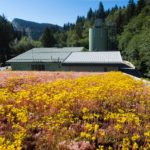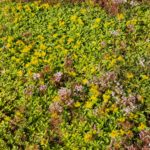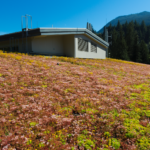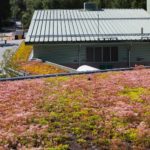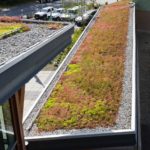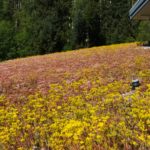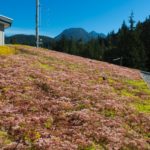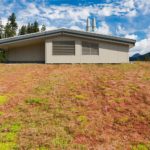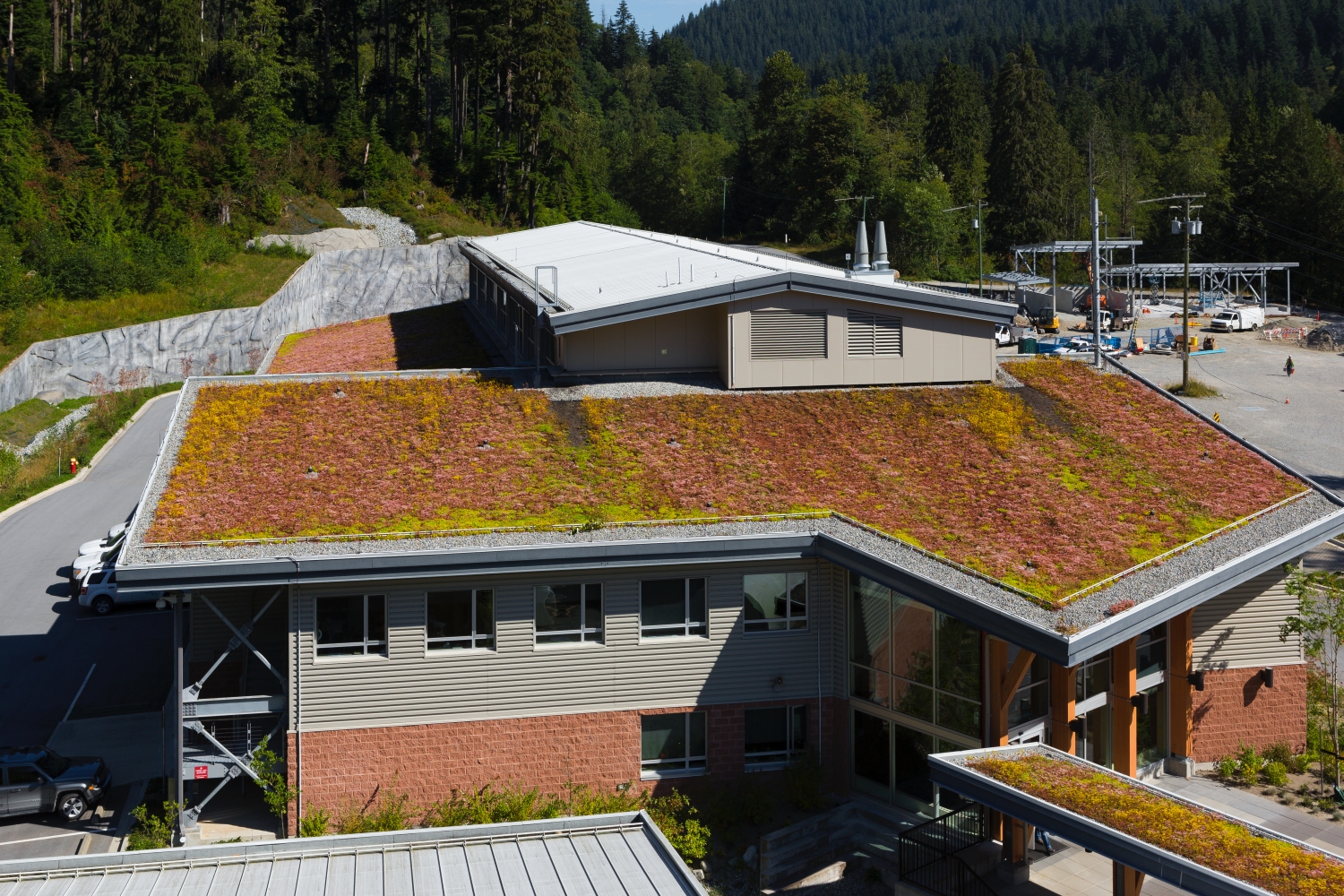
Additional Resources
Visit the Metro Vancouver Water Treatment & Facilities website.
Case Studies
Metro Vancouver; Trojan Technologies.
Video
July 15, 2014 Coquitlam UV Green Roof 2014 by MetroVancouver on YouTube.
Located north of the City of Coquitlam, BC, the Coquitlam Water Treatment Plant treats about 380 million liters of drinking water each day. The main drinking water treatment processes are ozonation and UV light.
Metro Vancouver, working in cooperation with the City of Coquitlam, completed a major water utility infrastructure project at the Coquitlam watershed in 2011 to ensure the region will continue to have high-quality drinking water. The existing Coquitlam water treatment facilities were upgraded and an ultraviolet (UV) light disinfection facility was added in order to comply with new requirements under Health Canada’s Guidelines for Canadian Drinking Water Quality.
Construction of the Coquitlam UV Disinfection Facility commenced in spring 2011, and the facility has been treating Coquitlam source water since early 2014.
The Port Coquitlam Green Roof Bylaw states all new commercial and industrial buildings over 5,000 m² must install a green roof covering at least 75% of the roof area.
Next Level Stormwater Management employed a lightweight Xeroflor prevegetated mat system to cover three roofs on the Coquitlam Water Treatment Facilities. A greenroofed walkway, an upper roof, and lower roof areas encompass eight species of sedum. The roof slopes range from 10-15° with an overall profile thickness of 48 mm and the system weighs 55 kg/m² at saturation with a maximum water retention of 32 l/m².
The green roof is one of the numerous sustainable features contributing to the facility’s LEED Silver classification.
“Some of the sustainable features include green roofs, enhanced salmon habitat creation, incorporating indigenous plants in the landscaping and using permeable pavement to mimic the water retention of natural soil. Additional sustainable features include a hydronic heating system which utilizes water to heat or cool the building as opposed to conventional heating, EcoSmart concrete which reduces carbon dioxide (CO2) emissions, installation of electrical vehicle charging stations and the use of recycled building materials. In addition, the selected ultraviolet technology will reduce energy consumption by approximately 30 per cent relative to conventional systems.” ~ Metro Vancouver
 Greenroofs.comConnecting the Planet + Living Architecture
Greenroofs.comConnecting the Planet + Living Architecture
